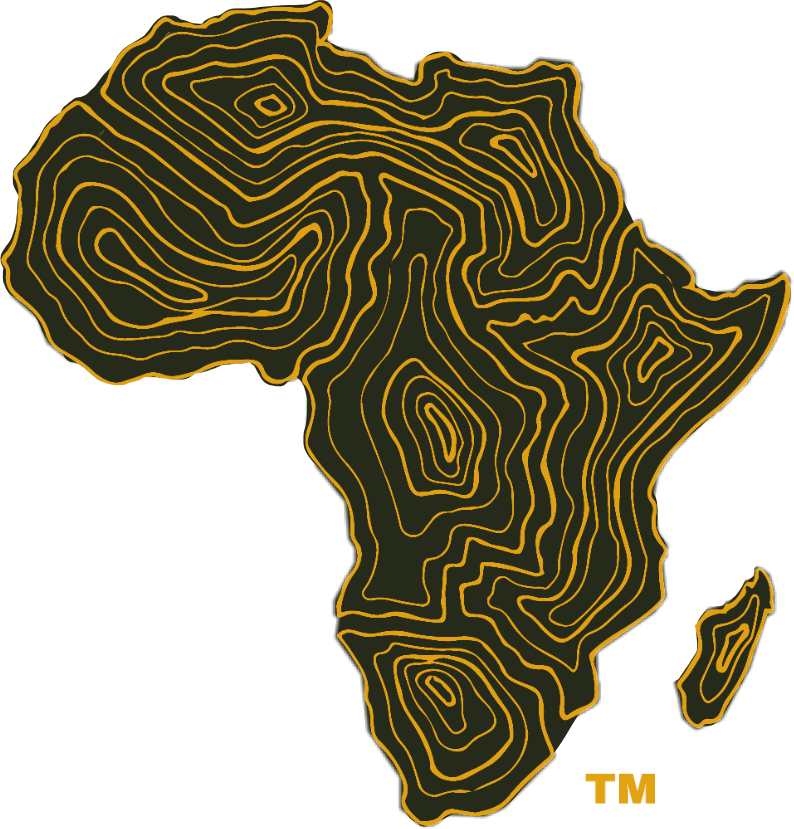It’s Time to Tackle the Racism that Lurks in Our Classrooms, Starting with the Map of the World
By Rebekah Peapell
The first time I saw what was claimed to be the ‘real’ world map, I almost didn’t believe it was true.
Currently, British schools use and teach the Mercator projection map, made by Flemish cartographer Geradus Mercator in 1569.
This 400-year-old map was created at a time when Europe was seeking to establish dominance and Mercator’s intention was navigational accuracy – with an imperialist agenda.
His map was literally drawn along the colonial trade routes and as a result of this bias, European countries were depicted significantly larger than they physically are.
For instance, Mercator exaggerated the size of Greenland, when it is in fact 14 times smaller than Africa. Indonesia has the fourth largest population in the world, yet it appears minuscule. And of course, Britain is aptly placed as the centre of the world, to appear more intimidating.
So, why should we care?
These inaccuracies have shaped a historical and geographical narrative that the northern hemisphere is superior. This has been taught to generation after generation and has ingrained what psychologists call an ‘implicit racial attitude’ – an automatic, arguably unconscious, racist response.
A study conducted by Harvard University, called Project Implicit, proved people’s tendency to associate white faces with positive words and black faces with negative. You can take the test here for yourself.
We have to acknowledge the aftermath of imperialism and its subsequent xenophobia and I believe that continuing to see the world through a pro-Imperialist lens is deeply problematic.
We need to change the way the map is taught from a young age and promote an objective geography that is free from any bias.
Education has a huge impact on our world views. Kai Krause, the designer of The True Size of Africa model, refers to a survey in which American school children estimated their country to be the largest, with a population of 1-2 billion. This is clear evidence of how the education system has misled children using the Mercator map.
Recently, 600 schools in Boston instituted change. Instead of the Mercator map, all the schools switched to the Gall-Peters projection, which was produced in 1970. It is an ‘equal-area’ map that gives areas an accurate amount of surface area so that they are relative to each other.
Keele University has also pledged to de-colonise their curriculum, agreeing that the current system remains ‘rooted in colonial and Western-centric world views.’
Meanwhile, the map accepted by the National Geographic is the Robinson projection, which maintains the size to shape ratio of each country. To supplement the new map they suggest a classroom activity where students peel oranges and attempt to flatten it into a 2D surface, effectively illustrating how the map can be distorted.
There is much debate on which ‘new’ map should be used as none are without controversy, and producing a 2D image of our 3D world is always going to be inherently problematic.
But there is no excuse for modern classrooms not to embrace change, and I believe that the best way to do this is to reject the Mercator projection as the primary map immediately.
There are online resources that can be used to compare the various modern projections, encouraging students to be inquisitive, and this should be a compulsory part of the curriculum.
I have started a petition to bring more awareness to the issue and with enough attention, I hope we can appeal to Parliament.
The Mercator map was made for navigation, not classroom walls – we have to tackle the institutional racism that has been lurking in British schools for centuries.
Failing to combat the consequences of using this map for 400 years is ignorance at best. Why would we continue to teach something that has been wrong our whole lives?
To sign the petition, visit change.org.
Rebekah is a student from the UK

